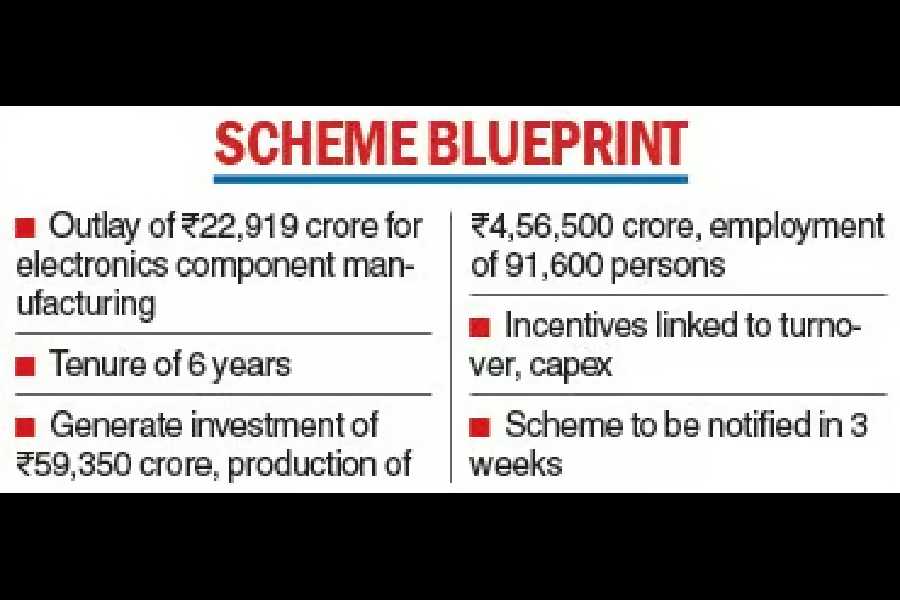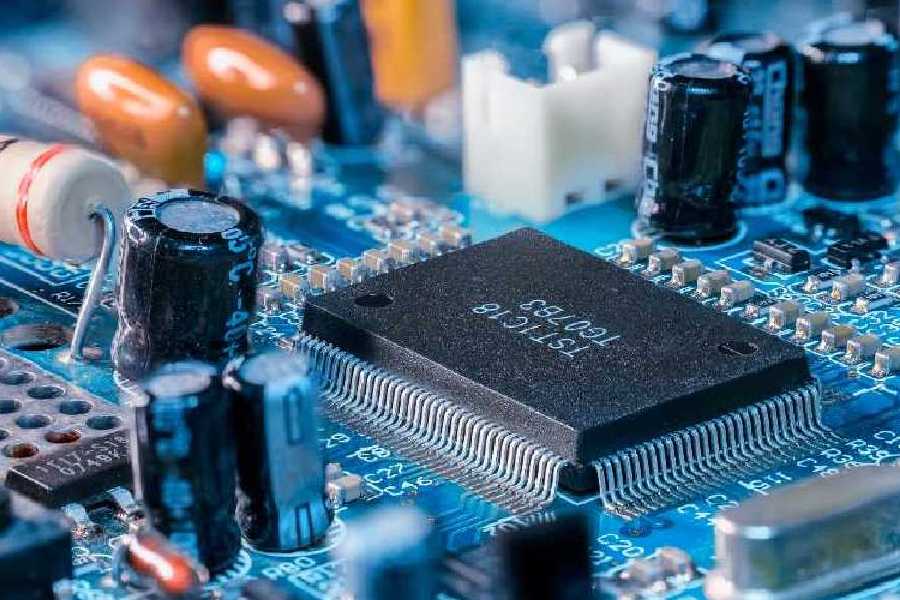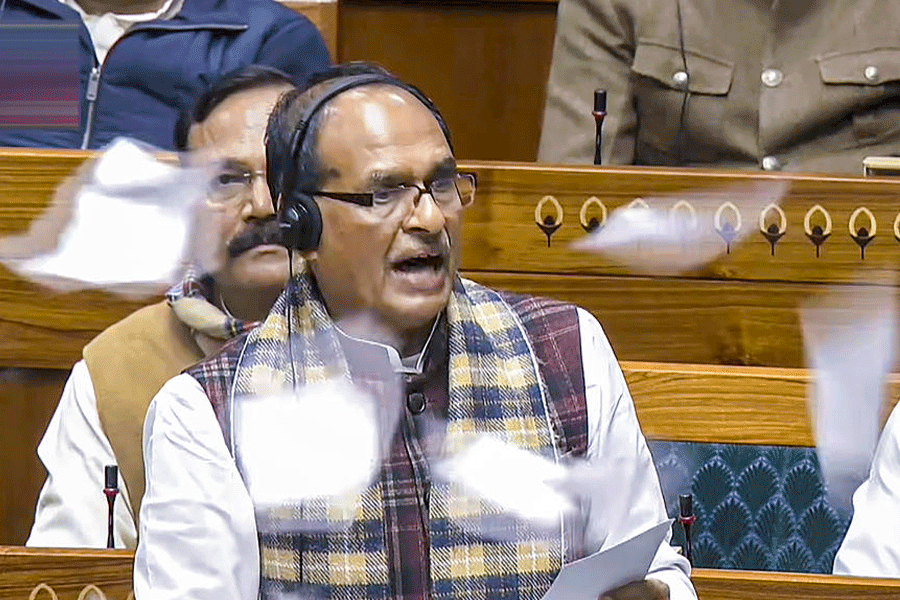The Union cabinet on Friday approved an electronics component manufacturing scheme with an outlay of ₹22,919 crore to build indigenous capacity in the electronics supply chain.
The scheme envisages to attract investment of ₹59,350 crore, resulting in production of ₹4,56,500 crore and generating additional direct employment of 91,600 persons and many indirect jobs as well during its tenure of six years, the Union government said.
Sectors such as electronics, telecom, consumer, medical devices, automobile and power are expected to benefit from the scheme.
In this scheme, incentives will be based on turnover and capital expenditure, unlike previous instances where incentives were production linked. Payout of a part of the incentive is also linked with employment target achievement.

The target segments of the scheme includes sub-assemblies such as display modules and camera modules, bare components such as multi layered printed circuit boards, lithium ion cells (excluding storage and mobility), enclosures for mobile, IT hardware products and related devices among others.
These sectors typically involve high capital expenditure, but turnover is low, which shifts the focus to volume over value.
Supply chain ecosystem and capital equipment for electronics manufacturing are also included as part of the scheme.
Announcing the cabinet decision, Union minister of electronics and information technology Ashwini Vaishnaw said that in the last 10 years, there has been a strong momentum in electronics manufacturing.
“We are making very good progress in the semiconductor part of the value chain. We have achieved good success with PLI based finished products manufacturing. Now we are covering subassemblies and bare components,” Vaishaw said adding that the announced scheme will help companies to achieve production at scale.
The domestic production of electronic goods has increased from ₹1.9 lakh crore in 2014-15 to ₹9.52 lakh crore in 2023-24 at a compounded annual growth rate (CAGR) of more than 17 per cent. The exports of electronic goods have also increased from ₹0.38 lakh crore in 2014-15 to ₹2.41 lakh crore in 2023-24 at a CAGR of more than 20 per cent.
“The focus must shift from import substitution to export-led growth,” he said.
The industry, which has been seeking incentives in the electronics value chain for a long time, welcomed the government’s decision.
“We have been requesting this for a long time. This will enable much higher value addition in the country for electronics manufacturing and will attract more investments in system products, as local availability will enable just-in-time manufacturing. Also this will enable more companies and start-ups to design and make products to enable India to be an electronics product nation,” said Ajai Chowdhry, founder, HCL and chairman, EPIC Foundation.
“Moreover, this scheme has an employment linked incentive which will further promote employment growth, workforce competitiveness and economic development,” he said.
“India continued to import PCB’s (printed circuit boards), passive components (such as capacitors, inductors, resistors), display modules that constituted 15-20 per cent of the bill of material of the electronic products in addition to semiconductors,” said Ashok Chandak, president, India Electronics and Semiconductor Association.
“The scheme will accelerate the Make in India initiative, driving higher value addition and strengthening the domestic supply chain with import reductions. Alongside the semiconductor manufacturing ramp-up and the existing PLI for electronics manufacturing, these initiatives will enhance India’s global competitiveness,” he said.
“The ECMS will now catalyse the industry to deepen integration with global value chains (GVCs), establish large-scale manufacturing units, and enable significant employment generation,” said Pankaj Mohindroo, chairman, India Cellular & Electronics Association.
“With this forward-looking policy, we are confident that it will accelerate the growth of high-value electronics, reduce import dependence, and create opportunities for innovation and employment. This marks a transformative milestone for the industry, and we look forward to contributing to India’s journey toward becoming a global manufacturing powerhouse,” said Josh Foulger, president (electronics), Zetwerk.










